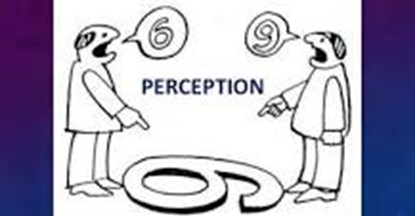The World Intellectual Property Office just released the results of their first-ever global survey of more than 25,000 respondents in 50 countries around the world regarding consumer perceptions and awareness of intellectual property rights.
Five categories of intellectual property rights were selected for the survey: copyrights; designs; geographical indications; patents; and trademarks. Although well worth reading in its entirety, key takeaways include the following:
- Copyright is the single most recognizable form of IPR amongst the five categories of rights protection in all parts of the world.
- The highest awareness for copyright, geographically, was found in Eastern Europe, where 64% of those surveyed had high awareness scores. The lowest awareness scores for copyright, at 32%, were found in Asia Pacific nations.
- African states show the highest levels of awareness, compared to other geographic areas in the world, for trademark and design protection.
- Digital communication scored as the single highest “personal touchpoint” for IP awareness, meaning high degrees of association between the phenomenon and intellectual property rights.
- Asia Pacific nations tend to associate intellectual property rights as more beneficial to their country’s economy than other parts of the world; however, Asian nations also associate intellectual property rights as sometimes responsible for challenges in their economies, such as social inequality and high prices for consumers.
- IPR awareness is higher across the board for older people than for younger people for all five types of intellectual property rights surveyed.
One thing that jumped out at me, given where I live, was the list of countries not included in the survey that might have impacted further on the overall statistical results. For example, here in Asia the survey didn’t include any respondents from Brunei, Cambodia, Laos, Malaysia, Myanmar, New Zealand, the Philippines, Singapore, Taiwan, or Thailand. (Australia was included in WIPO’s “Western Europe and Other States” category rather than as an Asian-Pacific state). What are the perceptions of IPR in these countries? How would the Asia-Pacific nations’ statistics look if they had been included?
And while we’re at it, does perception of IPR necessarily translate into respect for IPR? While in fairness the survey didn’t at all set out to address it, I was left wondering what percentage of respondents would admit to consuming pirated content or counterfeited products?
Other consumer surveys, including those we commissioned during my tenure with the Motion Picture Association, have shown that piracy rates are often surprisingly high within territories that have correspondingly high degrees of creative output. In other words, countries that respect and monetize intellectual property rights the most are sometimes the same ones that disregard and cannibalize them.
For example, the International Intellectual Property Alliance’s 19th annual edition of its commissioned “Copyright Industries in the U.S. Economy” reported that in 2021, the core copyright industries added more than USD 1.8 trillion to the United States’ gross domestic product, accounting for roughly 7.76% of the entire U.S. economy. U.S. copyright products account for an estimated 52% of the so-called U.S. digital economy.
Yet data compiled by media research company MUSO in its most recent “Piracy by Industry” report shows the United States as having the strongest consumption rate of pirated content of any country anywhere in the world by some margin. They estimated that almost 11% of all internet traffic in the country involves copyright piracy, with more than 5.7 billion visits to piracy websites emanating from the U.S. during the first quarter of 2022 alone.
The Office of the United States Trade Representative’s 2023 “Special 301 Report” listed Argentina, Chile, China, India, and Indonesia amongst the world’s most egregious foreign markets denying adequate and effective protection for intellectual property rights and/or market access for products and services that rely on IPR protection, yet all five of those countries were included in the WIPO Pulse report.
WIPO says that the insights gleaned from its survey will shape and strengthen its work in support of a balanced and inclusive IP ecosystem, and hopes that its findings might “inform and inspire policymakers, researchers, educators and others involved in promoting IP rights and raising IP awareness globally.” The world’s creators hope as much themselves.
(c) 2023 Frank Rittman





